Designer Frames & Premium Lenses in South Jordan
A curated optical boutique experience
Thoughtfully selected frames and premium lenses, fitted to help you see clearly and feel confident every day.
Seeing clearly is personal
Great eyewear isn’t just about clarity. It’s about confidence, comfort, and seeing yourself the way you want to be seen. From curated frames to premium lenses, our optical boutique helps you love what you see — in your world and in the mirror.
Our team takes the time to evaluate your vision thoroughly and recommend advanced treatment options tailored to your eyes, lifestyle, and goals — so you can see more clearly and confidently.

We Give You Permission
Eyeglasses aren’t just about seeing clearly — they’re also part of how you present yourself to the world.
Many people have been conditioned to believe they should only have “one pair of glasses every year or two,” simply because that’s what insurance covers. But eyewear, like shoes or handbags, can serve different purposes in different settings — work, weekends, special occasions, or everyday comfort.
We encourage you to think of eyewear as an accessory that supports both your vision and your confidence.
From subtle and professional to bold and expressive, having more than one pair allows you to choose glasses that fit your style, your activities, and how you want to feel each day.
When it makes sense, ask us about options for multiple pairs. We’ll help you explore frame and lens combinations that work beautifully together — without pressure, and always with your best interest in mind.
Ask our opticians about options for multiple pairs.
Thoughtfully Curated Frames, Chosen With You in Mind

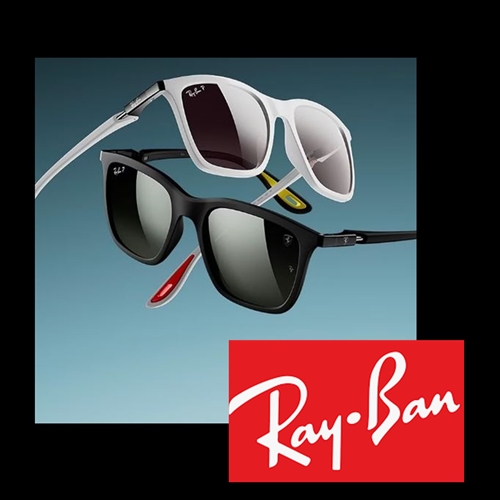

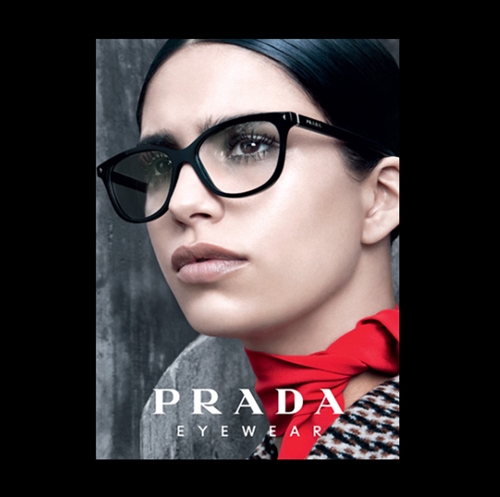
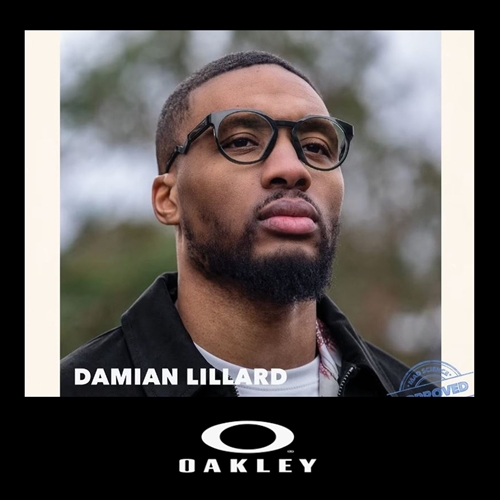

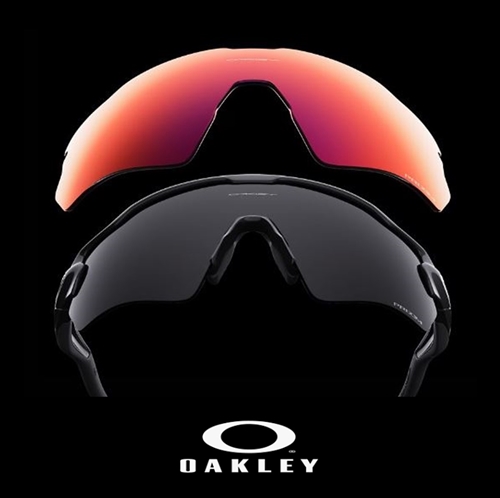

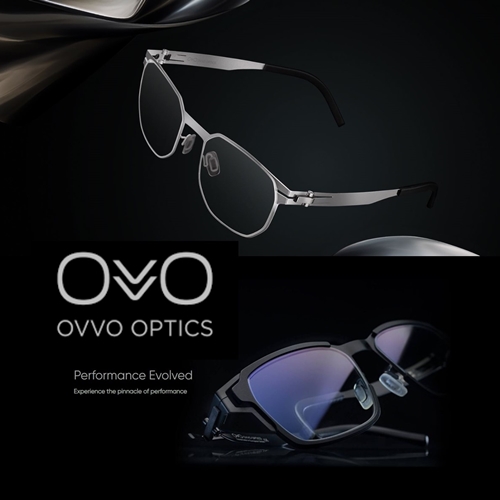
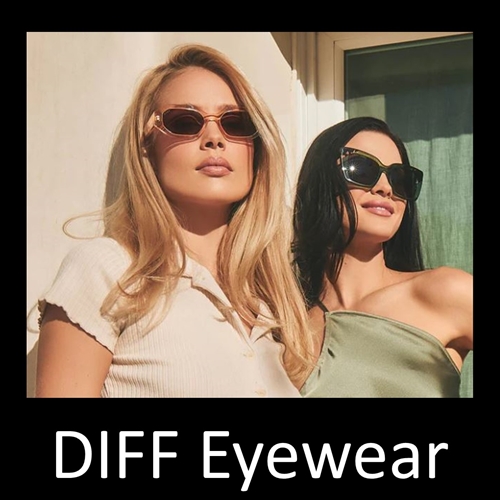
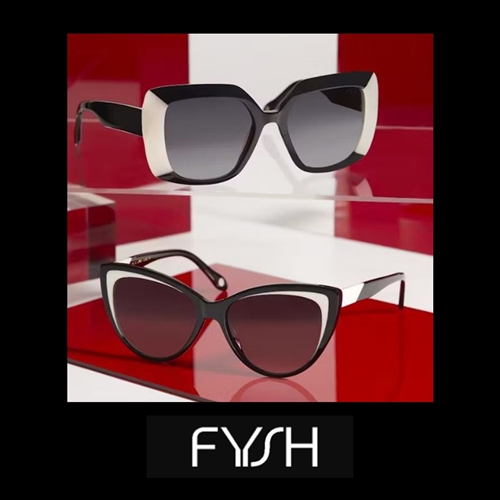



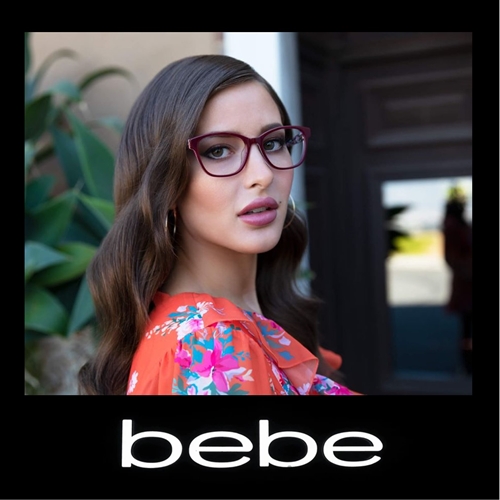






Lens Options for How You See & Live
Not all lenses are the same. Like most high-end optical boutiques, we feature advanced digital free-form lens designs that are customized to your prescription, visual needs, and lifestyle.
Our opticians take precise measurements and guide you through lens options that may include:
Digital free-form lenses for sharper, more comfortable vision at all distances
Progressive lenses designed for seamless near-to-far viewing
Blue-light and light-filtering lenses for digital eye strain and visual comfort
Specialty lenses for specific visual challenges and eye conditions
We also offer advanced lens technologies such as Avulux, Neurolens, and Stellest for patients who may benefit from targeted solutions for light sensitivity, eye strain, headaches, or myopia management.
Our goal is simple: lenses that feel natural, perform exceptionally, and support your long-term eye health — without overcomplicating the process.
👉 Learn more about our specialty lens options:


We also feature fun frames for kids
At Progressive Eye Care in South Jordan, Utah, we have a wide selection of frames for children, including eyeglass frames for small children and children with special needs by dilli dalli eyewear.

Outside Eyeglass Prescriptions Welcome!
Our Frame Stylists are waiting to give you a FIRST-CLASS, FIVE-STAR experience
you deserve when choosing your eyewear.
Our motto is also our promise: You’ll LOVE What You SEE!
"I wouldn't go anywhere else"
WHY PATIENTS CONTINUE TO CHOOSE OUR WELCOMING OFFICE

Kevin Cottle
Beautiful spacious office. All the latest diagnostic equipment.
Knowledgeable and efficient support staff. Full line of beautiful frames and top of the line optics available.
Dr Broadhead has been my eye care specialist for 16 years and I wouldn’t go anywhere else.

Erin Forrest
Tried out Progressive Eye Care for the first time this year. Met with Dr. Chism. He was very friendly, patient, and helpful. Took a while to decide on frames and everyone was so patient and supportive in helping me choose! They didn’t rush me at all which I am so grateful for. My glasses were ready right on time. Any time I’ve called or texted in, the response has been quick and helpful. The office is super clean and nice. Definitely recommend Progressive Eye Care!
You'll LOVE What You SEE!
Our Guarantee
At Progressive Eye Care in South Jordan, Utah, we guarantee your prescription. During your eye exam, we determine the best type of correction to meet your individual needs.
Not happy with a prescription from another local eye doctor? Simply bring your prescription and glasses to our optometry practice for a complimentary prescription double-check.
We serve also patients from the West Valley City, Sandy, South Jordan and the Draper area.
Eyeglass Frames We Carry
Prada
Michael Kors
Bebe
Kate Spade
Steve Madden
Fysh
RayBan
Tommy Hilfiger
ILLA, Kliik


Progressive Eye Care
Dr. Jeffrey Broadhead, OD and his team of optometry and ophthalmology providers offer comprehensive treatments to improve the vision of patients from our offices in South Jordan, UT. Our doctors are members of professional associations, including:
American Academy of Ophthalmology
American Optometric Association
American Board of Ophthalmology
Utah Optometric Association
American Society of Cataract and Refractive Surgery
American Academy of Orthokeratology & Myopia Control
To schedule an appointment at our South Jordan optometry practice, you can contact us online or give us a call at (801) 676-2020.
South Jordan Office
Open Today 8:00am – 6:00pm
- 10654 S River Heights Dr Ste 110 South Jordan, UT 84095
